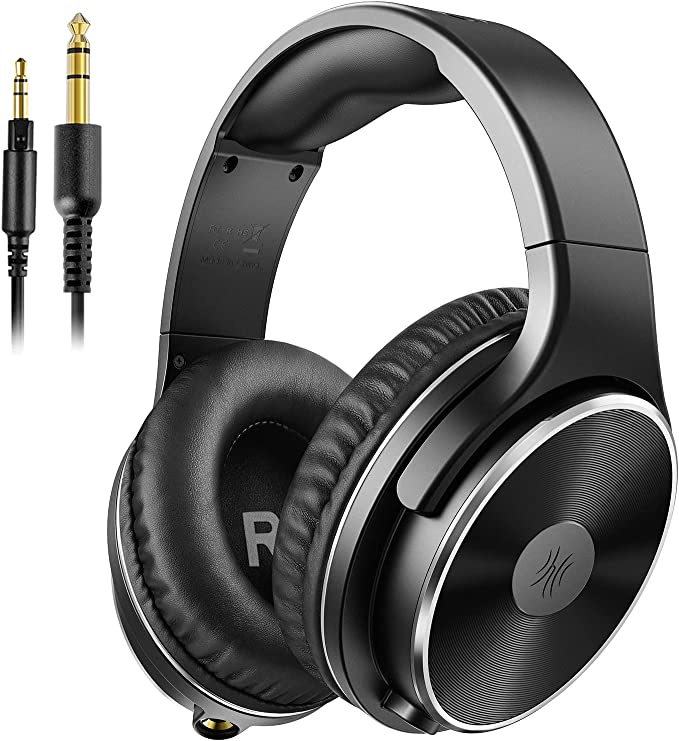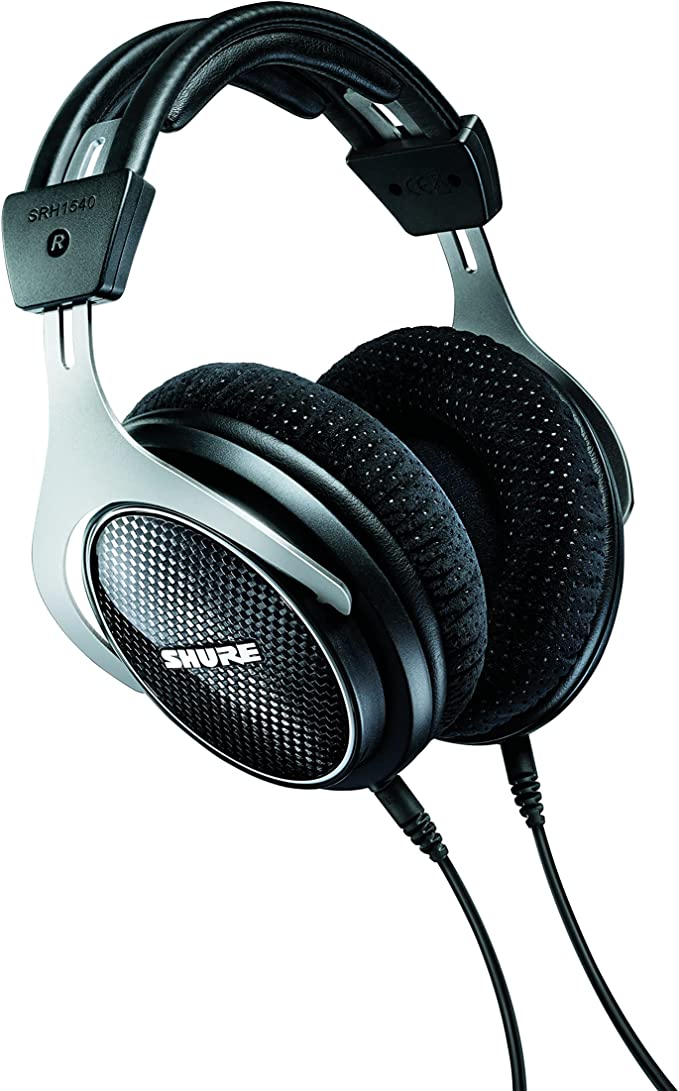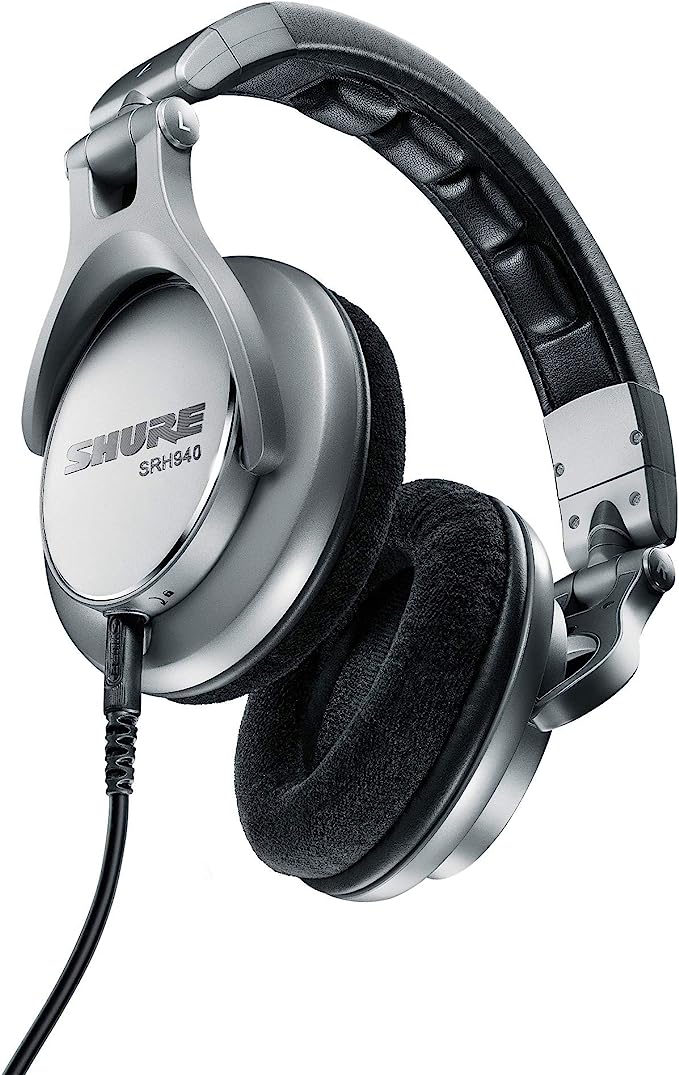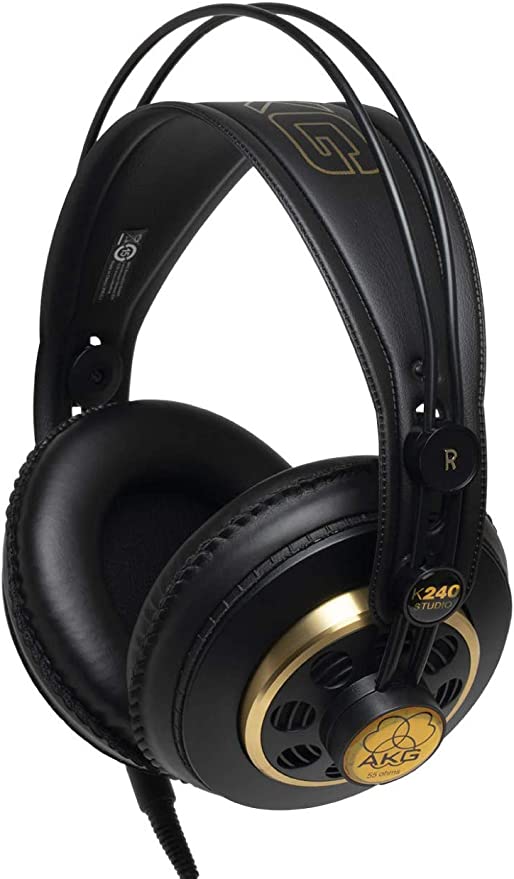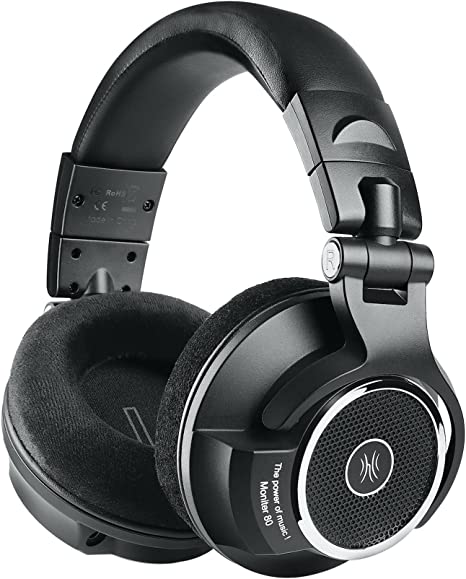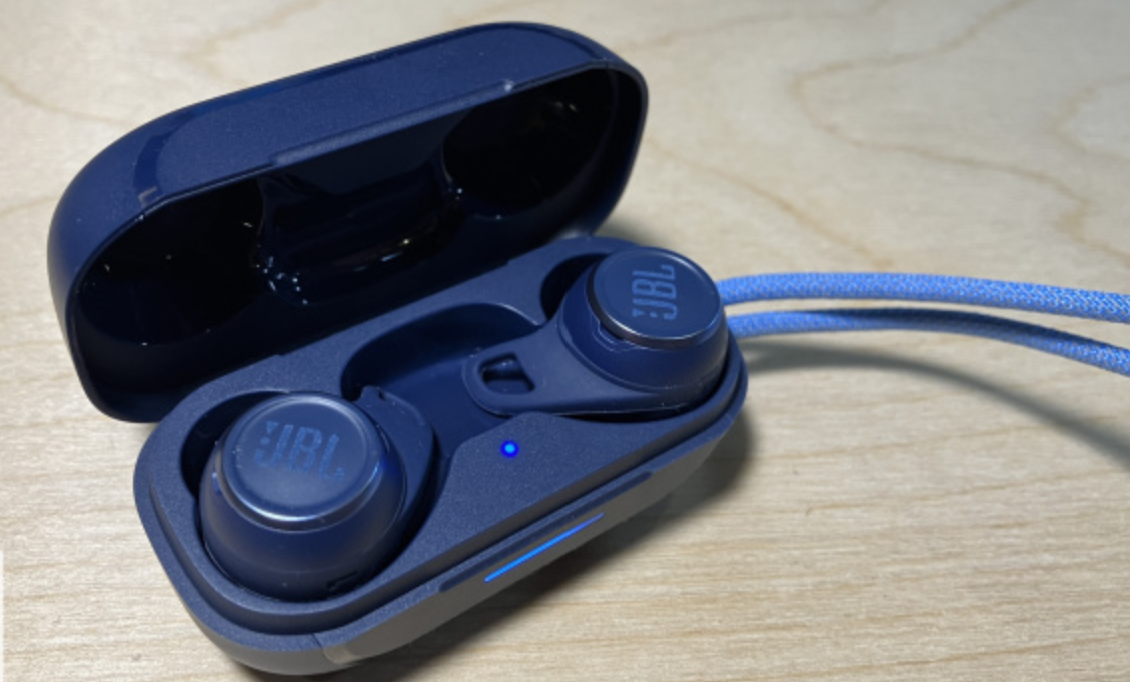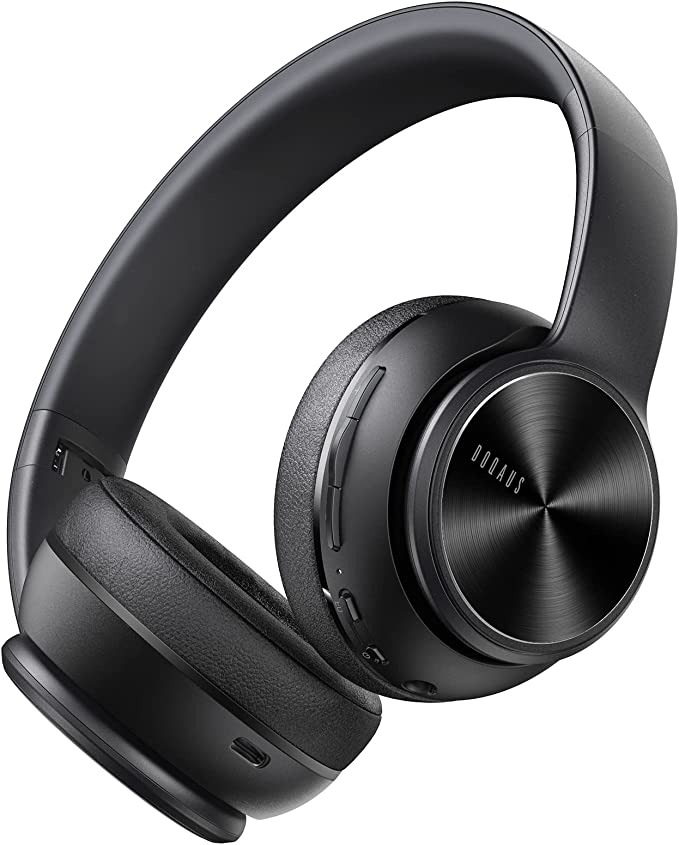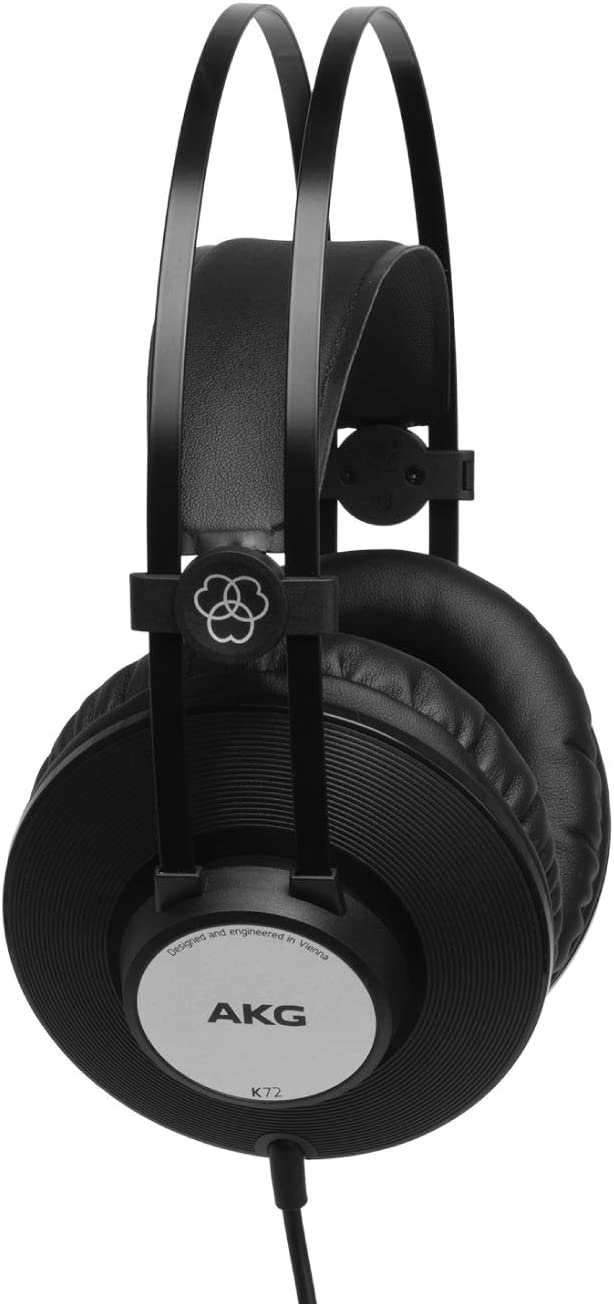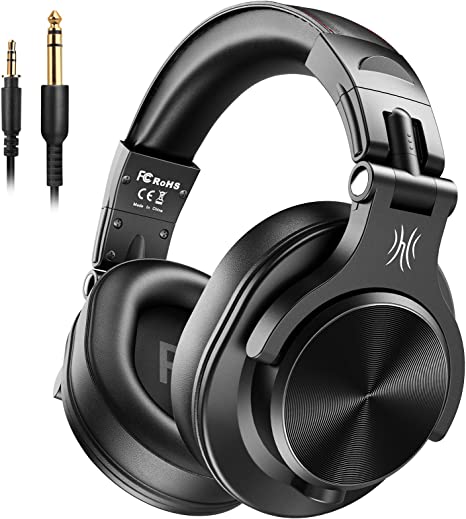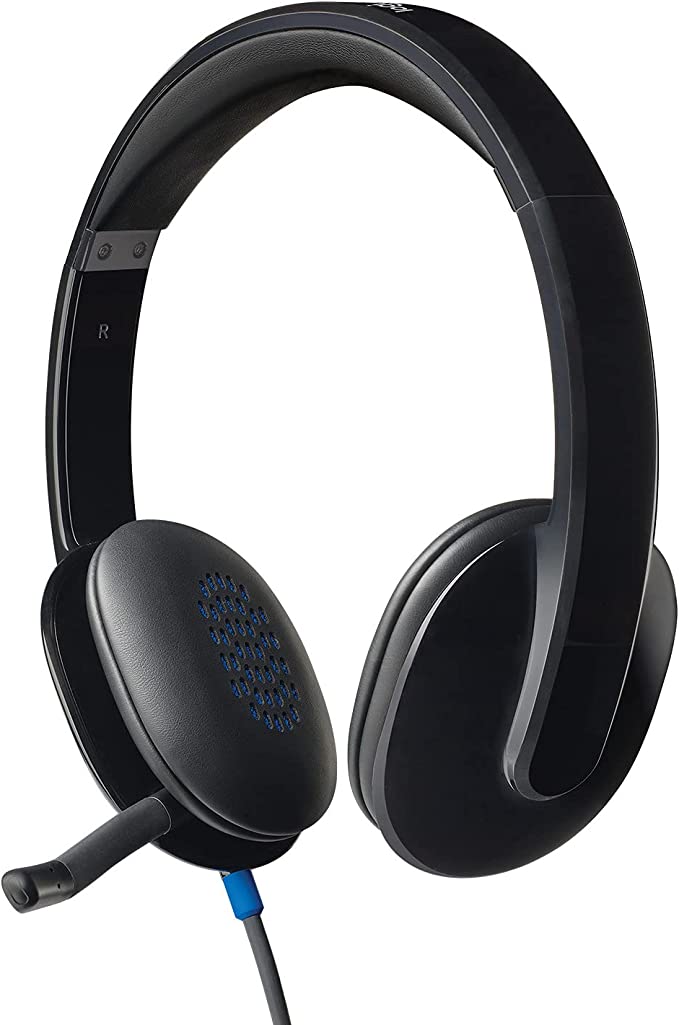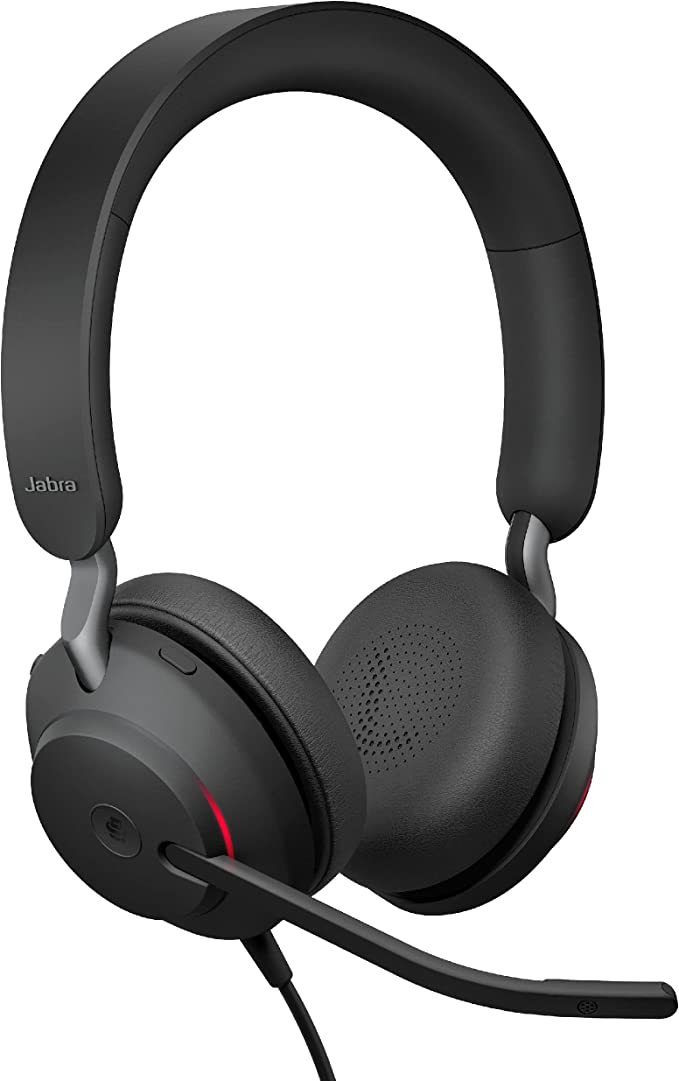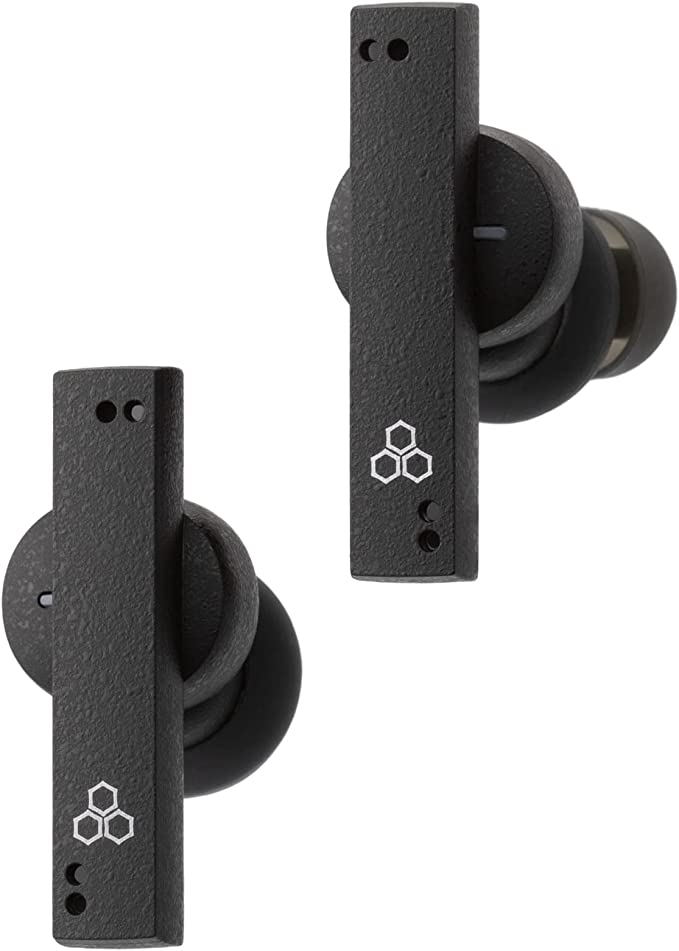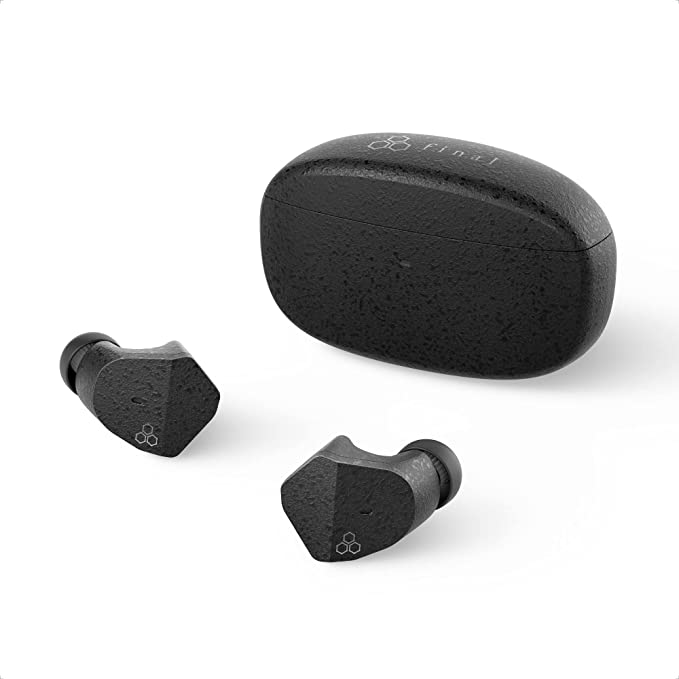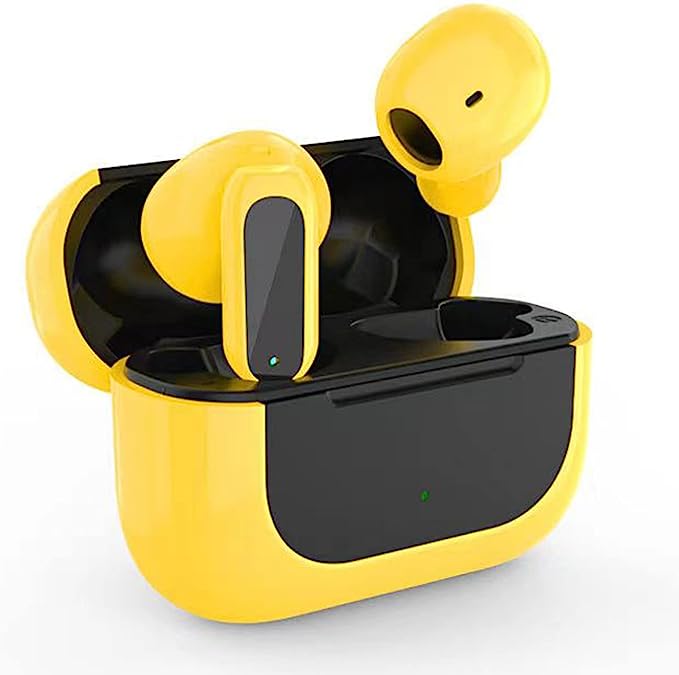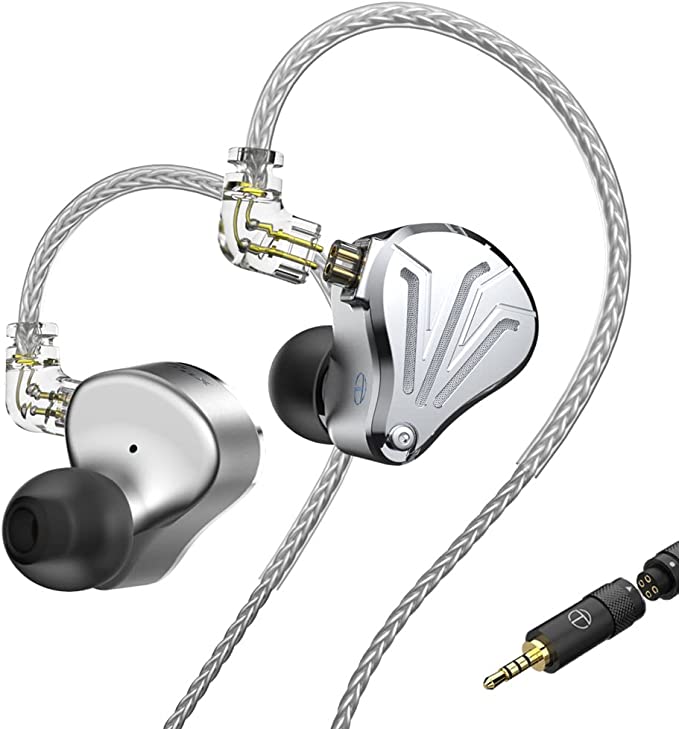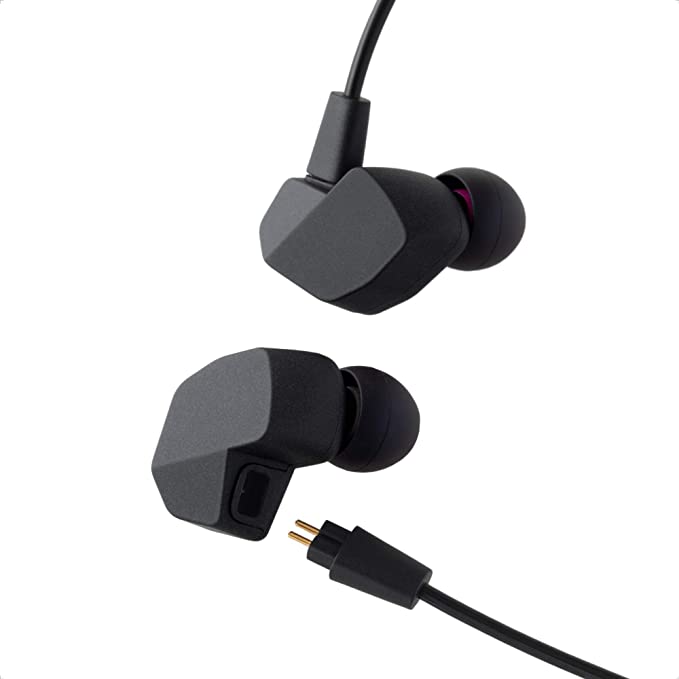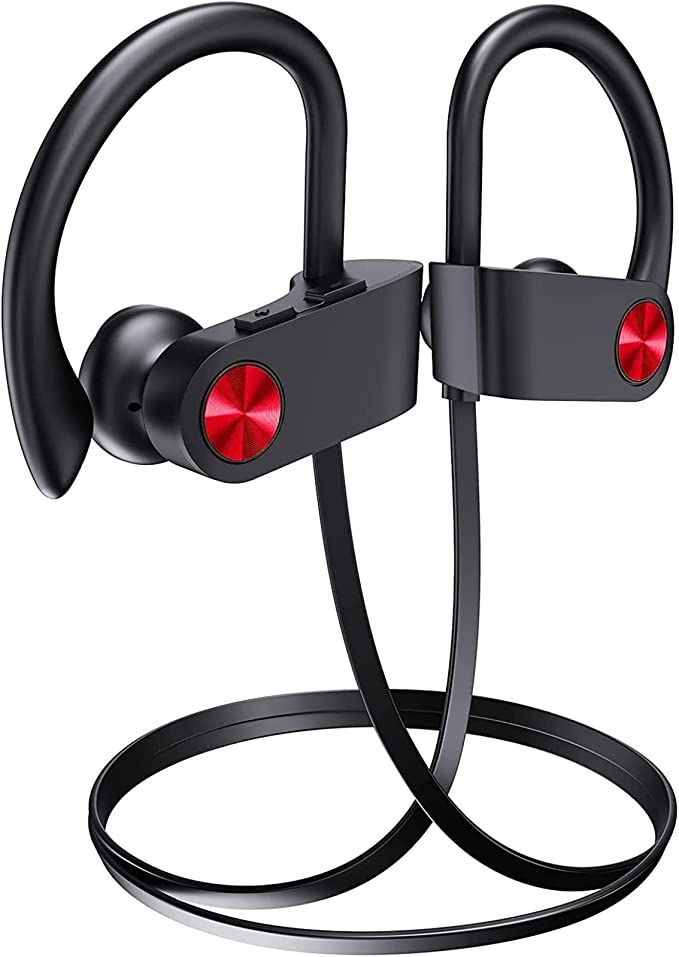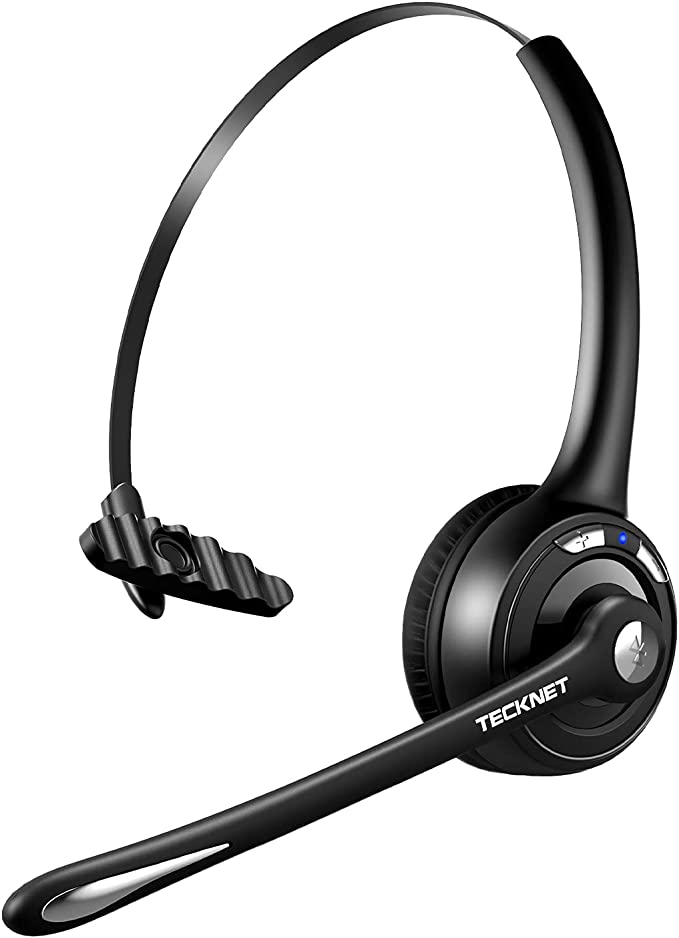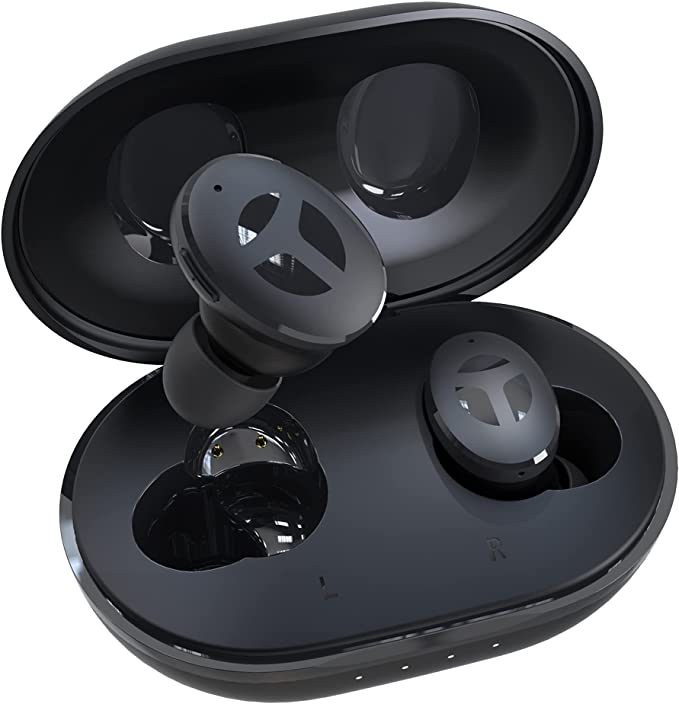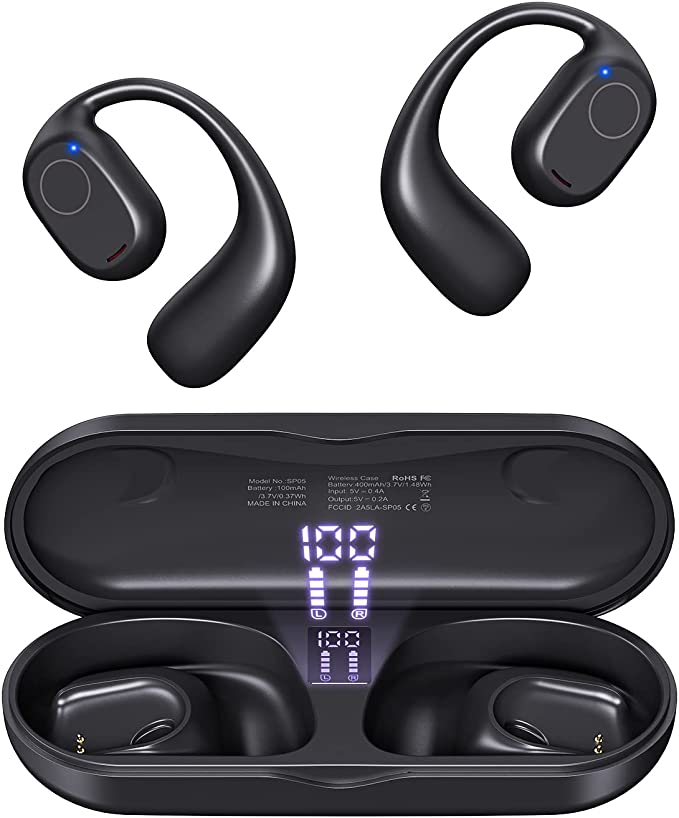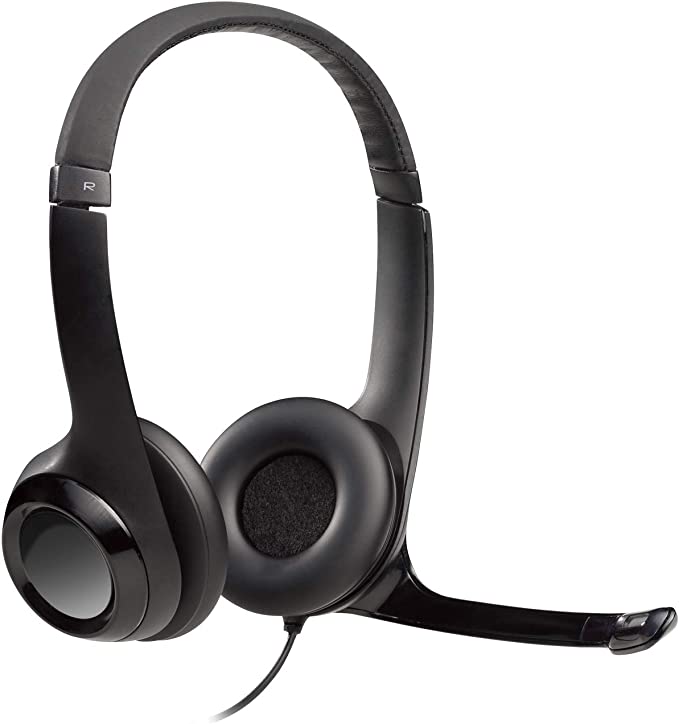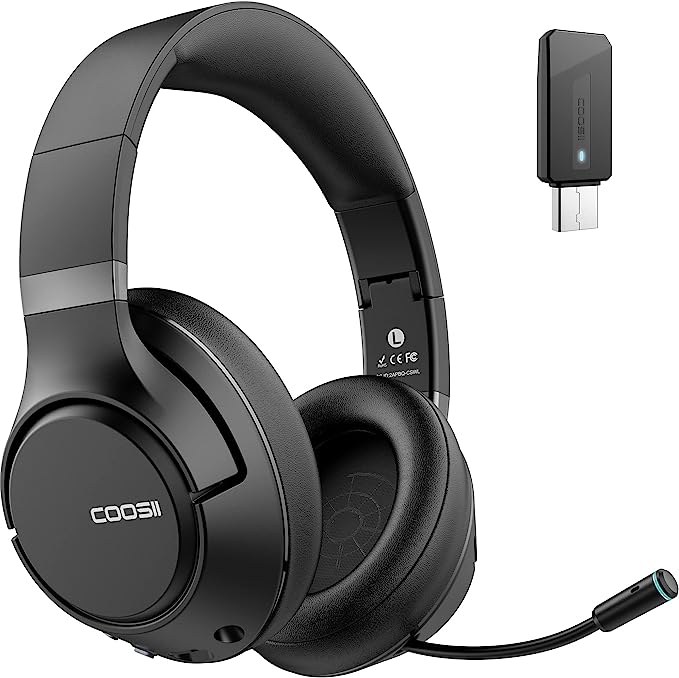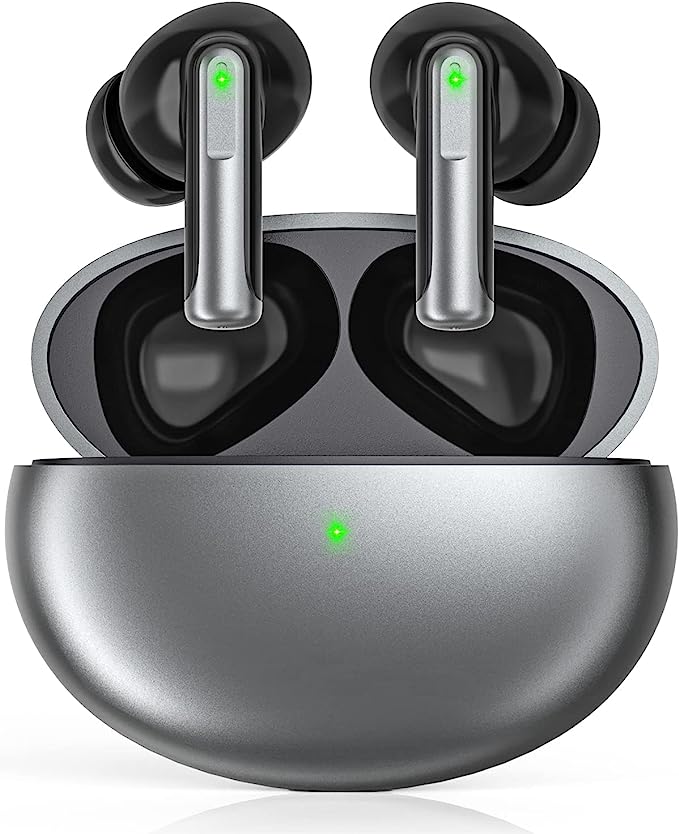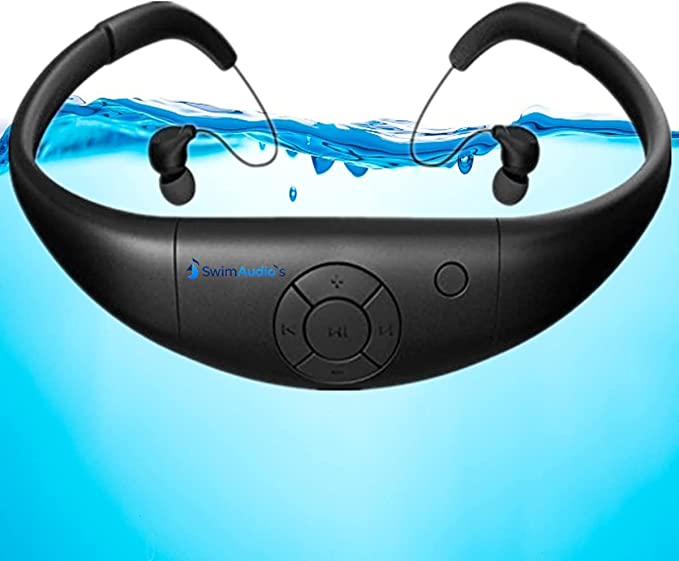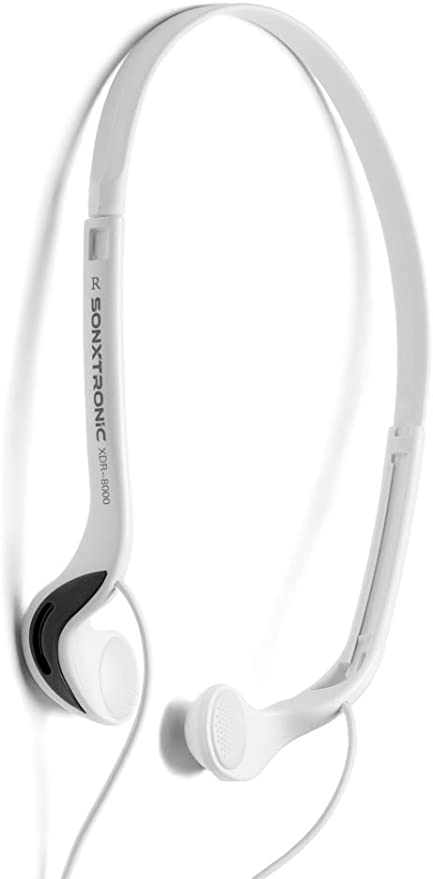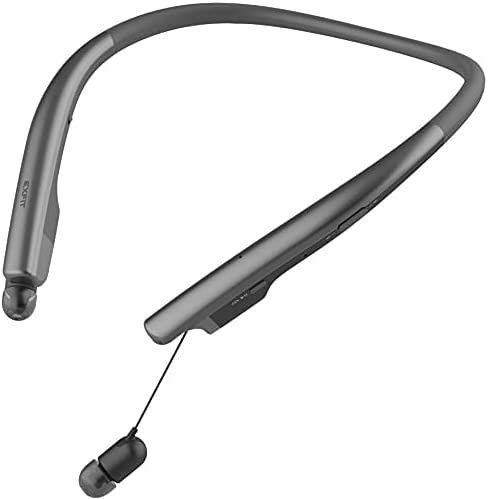The Architecture of Accuracy: Why the AKG K92 Prioritizes Truth Over Pleasure
Update on Nov. 22, 2025, 3:23 p.m.
In the realm of consumer electronics, the prevailing philosophy is often one of enhancement. Televisions saturate colors, cameras smooth skin tones, and headphones boost bass frequencies to create a visceral, exciting experience. However, there exists a parallel universe of audio equipment where “enhancement” is considered a defect. This is the world of professional monitoring, a domain governed by the ruthless pursuit of sonic truth.
The AKG Pro Audio K92 Over-Ear Headphones stand as a gatekeeper to this world. For the uninitiated listener, experiencing them for the first time can be jarring. Where is the thunderous sub-bass? Where is the sparkling, sizzling treble? The answer lies not in what is missing, but in what has been deliberately removed: coloration. To understand the value of the K92, one must first understand the engineering philosophy that separates a tool for creation from a toy for consumption.

The Paradox of “Flat” Sound
The holy grail of monitoring is a “flat frequency response.” Theoretically, this means that the headphone reproduces every frequency—from the deep 16Hz rumble to the airy 20kHz shimmer—at exactly the same relative volume as the input signal.
Achieving this in a budget-friendly chassis like the K92 involves complex acoustic engineering. Unlike consumer headphones that often employ a “V-shaped” tuning (boosting bass and treble to sound lively), the K92 aims for neutrality. This is crucial for mixing engineers. If a headphone artificially boosts the bass, the engineer will compensate by turning the bass down in the mix. The result? A track that sounds thin and weak on any other system.
By utilizing professional 40mm drivers, AKG engineers attempt to present the midrange frequencies—where vocals and guitars live—with unclouded clarity. While some casual listeners might describe this sound as “boring” or “clinical,” for a creator, it is a safety net. It ensures that the decisions made in the studio translate accurately to the car stereo, the club system, and the smartphone speaker.

Physics of the Closed-Back Chamber
The K92 employs a closed-back design, a choice dictated by the functional requirements of a recording environment. In a studio, “bleed” is the enemy. If sound escapes from the headphones, it can be picked up by the sensitive microphone recording the vocalist, ruining the take.
However, sealing the back of the ear cup creates a physics problem: standing waves and resonance. Sound waves from the back of the driver bounce around the internal chamber, potentially muddying the sound. To combat this, the K92 utilizes a carefully tuned acoustic chamber designed to dampen these reflections.
This design choice also impacts the soundstage—the perceived width and depth of the audio. Closed-back headphones typically struggle to produce the expansive “out-of-head” experience of open-back models. Yet, the K92 manages to retain a respectable degree of spatial separation. This allows editors and mixers to accurately place instruments in the stereo field (panning left or right) without the sound feeling claustrophobically congested inside their heads.

Functional Materialism: Why “Cheap” Feel is a Feature
A common critique of the K92 is its construction. It is unapologetically plastic. The ear pads are synthetic leatherette, and the frame lacks the cold touch of aluminum found in premium models. However, from a studio engineering perspective, this material choice is not merely cost-cutting—it is functional ergonomics.
In a professional setting, sessions can last for 8 to 12 hours. A heavy, metal-clad headphone becomes a neck-straining burden over time. The K92 weighs a mere 200 grams. This featherweight construction, combined with AKG’s signature self-adjusting headband mechanism, means the headset virtually disappears on the wearer. There are no complex hinges to break or ratchets to adjust; the tension is regulated by a simple, durable suspension system.
This is “functional materialism”: prioritizing long-term comfort and utility over tactile luxury. It is a tool designed to be worn, not just admired.

The Impedance Bridge: 32 Ohms Versatility
Another critical specification is impedance, measured here at 32 Ohms. High-impedance headphones (e.g., 250 Ohms or 600 Ohms) require dedicated, high-voltage amplifiers to function correctly. While they offer certain sonic advantages, they tether the user to a rack of equipment.
By engineering the K92 with a low 32 Ohm impedance, AKG ensures versatility. These headphones can be driven to sufficient volume levels by professional audio interfaces, but also by laptops, tablets, and smartphones. This democratization of compatibility means a podcaster can edit on a laptop in a coffee shop, or a musician can practice with a synthesizer at home, without needing to carry a separate headphone amplifier. It bridges the gap between professional workflow and consumer convenience.
The Tether: Understanding the 3-Meter Cable
One feature that often frustrates casual users is the fixed, 3-meter (9.8 ft) cable. In a world of Bluetooth and detachable aux cords, this seems archaic. However, context is everything.
In a studio, the talent (musician) is often standing far away from the mixing desk or the interface. A standard 1.2-meter consumer cable would restrict movement or require messy extensions. The thick, long cable of the K92 is a deliberate feature, allowing freedom of movement around a drum kit or a vocal booth. It is a clear signal that this device is intended to be a stationary tool for a workspace, not a commuter accessory for the subway.

Conclusion: The Honest Witness
The AKG K92 is not designed to make your music sound “better” in the conventional sense. It will not add thump to a weak bassline or sparkle to a dull vocal. Instead, it serves as an honest witness to the audio signal.
For the aspiring producer, the video editor, or the critical listener on a budget, it offers something far more valuable than enhancement: perspective. It provides a reliable, uncolored baseline against which artistic decisions can be made. In an industry filled with devices that lie to you sweetly, the K92 offers the stark, professional courtesy of the truth.
